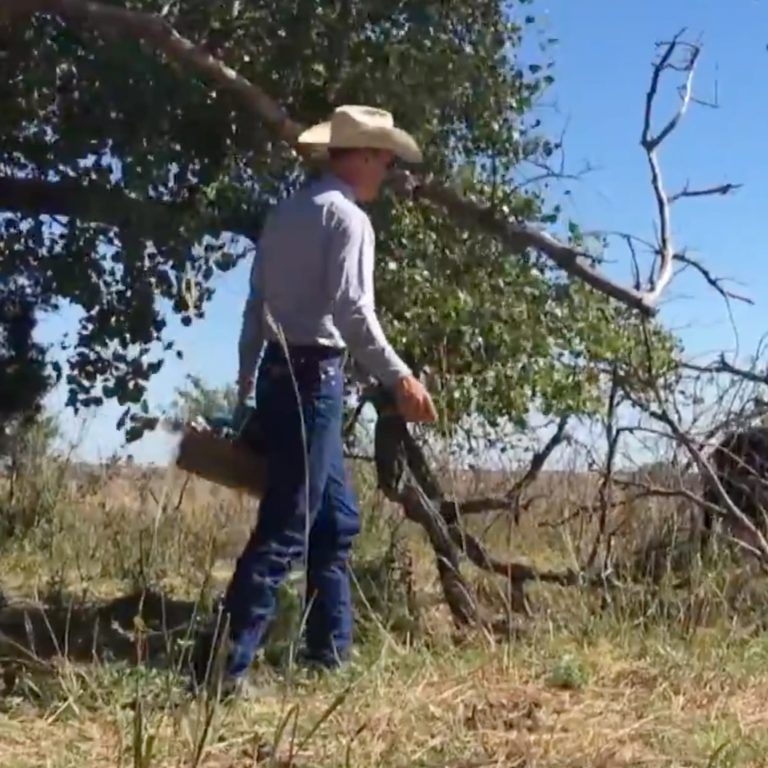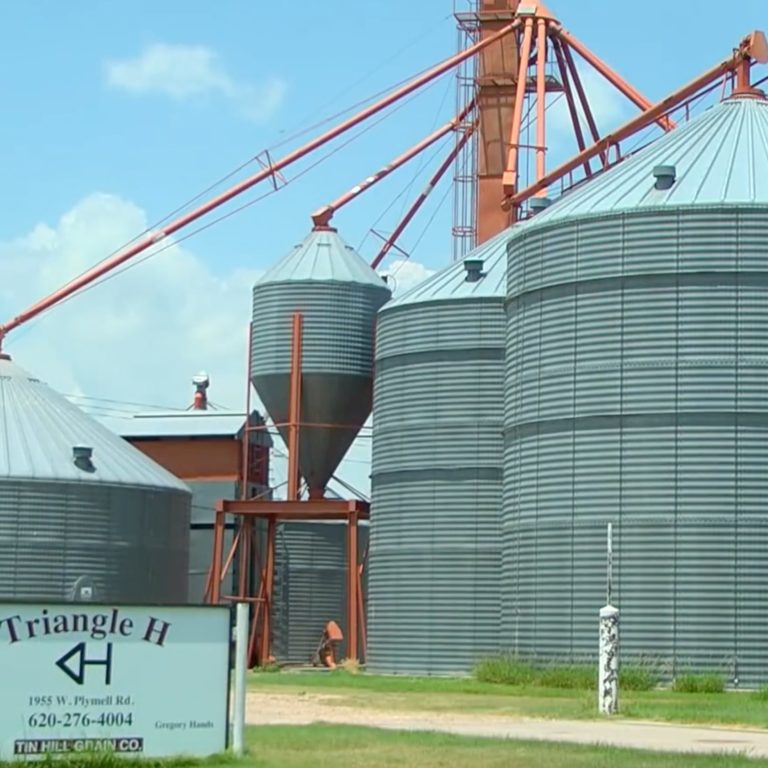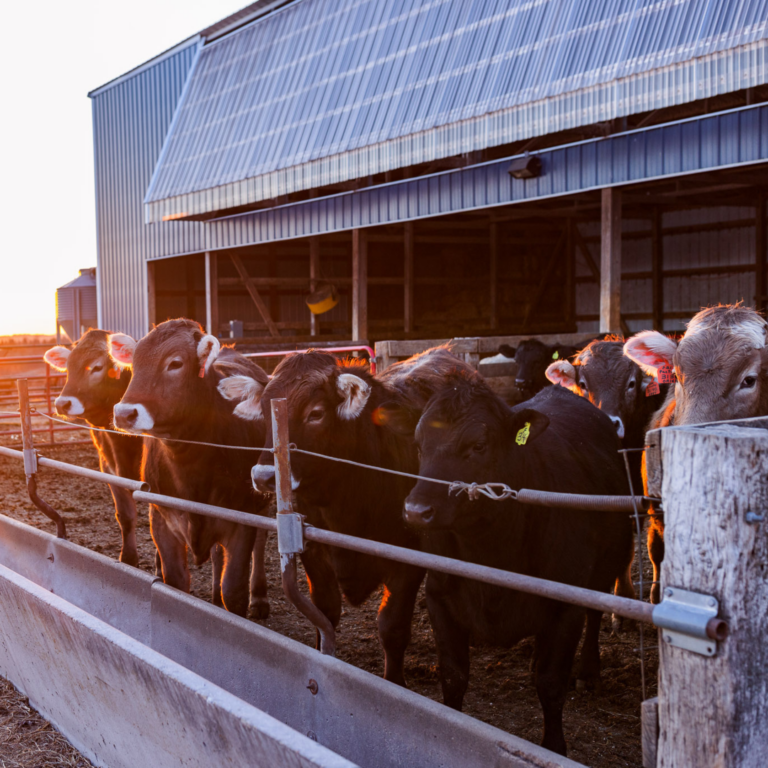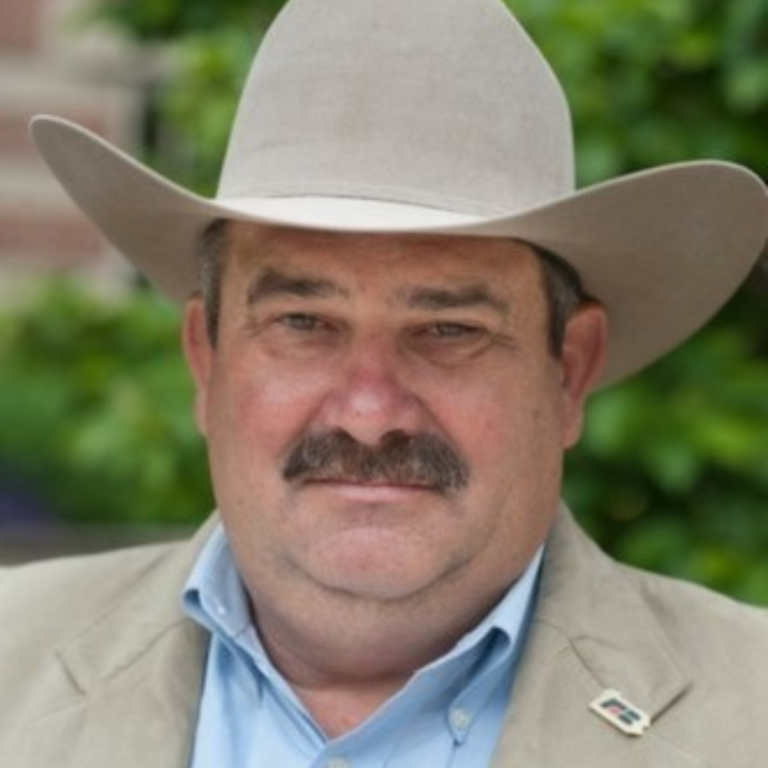Pass It On! Checkoff Protects Generations to Come
The Beef Industry Long Range Plan (LRP) is developed every three to five years and lays out aggressive goals to strengthen the beef industry. As part of this initiative, the Beef Checkoff interviewed cattlemen and women across the country to hear the checkoff is helping them for long-term success on their operations.
Byergo Family: Savannah, Mo.
 The Byergo family credits the Beef Checkoff for protecting producers and finding new opportunities to grow the industry, as well as securing a future for the next generation.
The Byergo family credits the Beef Checkoff for protecting producers and finding new opportunities to grow the industry, as well as securing a future for the next generation.
“Doing well and having things that protect you and go forward, the Beef Checkoff could be one of the things that makes us global. We got to protect ourselves, protect our trading ability,” says Andy Byergo. “I’ve always had this theory that you’re either doing things to advance and do better. I have never been a believer in this, be normal or average. Without protection and advertisement and teaching people to believe in what we produce, it’s more about producing for [the] consumer–that’s our client than it maybe it is proving it to ourselves.”
His son Bryson speaks to providing future opportunities for his daughters and how the checkoff is assisting in that effort.
“For me, one of the most important aspects that the Beef Checkoff provides is sustainability for future generations,” says Bryson Byergo.
How does the Beef Checkoff Help?
The Beef Checkoff plays an important role growing and maintaining beef demand, thus opening new opportunities for cattle producers to sustain their businesses for generations to come. That includes keeping close tabs on what consumers want in terms of end products, as well as sharing information regarding safe and sustainable beef production carried out by cattle producers — ensuring that’s what they find at the meat case when they go to purchase food for their families.
It’s no small task, but checkoff investments are part of the reason that beef demand has remained strong throughout the extremely tight supplies of recent years. In fact, a study by Dr. Harry Kaiser at Cornell University demonstrates that every checkoff dollar invested has a return on investment of $11.20. That means that every dollar invested by cattle producers returns $11.20 more to an operation than would have received without the checkoff in place.
The Beef Checkoff program was established as part of the 1985 Farm Bill. The checkoff assesses $1 per head on the sale of live domestic and imported cattle, in addition to a comparable assessment on imported beef and beef products. States may retain up to 50 cents on the dollar and forward the other 50 cents per head to the Cattlemen’s Beef Promotion and Research Board, which administers the national checkoff program, subject to USDA approval.











































































